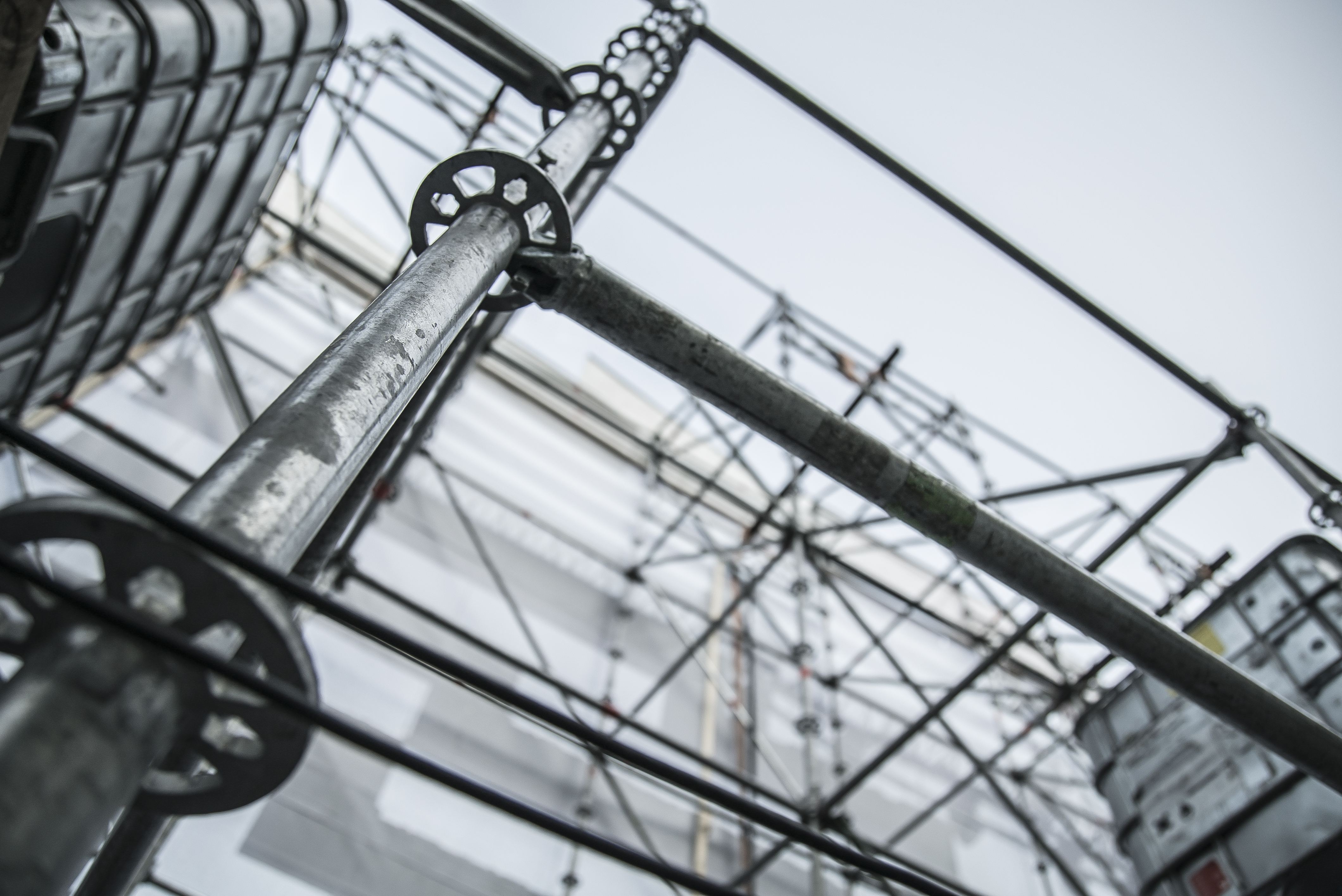For property investors, one of the most complex areas of tax treatment is determining whether work carried out on a property qualifies as tax-deductible repairs or non-deductible capital expenditure.
Under tax legislation, repair costs are generally deductible if there is a direct link (or nexus) between the expense and the ongoing generation of assessable rental income. However, this general deduction rule is limited by the capital expenditure principle, which states that costs related to improvements or enhancements to the property are considered capital in nature and are therefore non-deductible.
This distinction means that costs typically fall into one of two categories:
- Fully tax-deductible repairs and maintenance
- Non-deductible and non-depreciable capital improvements
While most investors understand that improvements are not deductible, the specific tests used to determine whether an expense qualifies as an improvement are often more nuanced.
Identifying the Asset
The first step is to identify the relevant asset. For example, if a roof is replaced, does this create a new asset in its own right, or is it merely a repair to the existing building? Since a roof has no standalone context outside of the building, replacing it is generally considered a repair rather than the creation of a new asset, making it more likely to be deductible.
Beyond identifying the asset, the extent and scale of the work must be assessed. If the work goes beyond basic maintenance and significantly enhances or upgrades the property, it is more likely to be considered capital in nature. This was particularly relevant during the leaky building crisis, where extensive recladding projects—often requiring compliance with updated building codes—were deemed capital improvements due to the scale and nature of the work.
Lesser-Known Non-Deductible Building Work
In addition to major renovations and improvements, there are several specific scenarios where building work is non-deductible.
1. Dilapidation Repairs
If a property is purchased in a run-down condition and the new owner immediately undertakes renovation work to make it fit for rental, these costs are generally non-deductible. This is because the purchase price typically reflects the property’s poor condition and the necessary upgrades. As a result, these costs are treated as part of the capital cost of acquiring the property rather than separate tax-deductible repair expenses. Even if the renovations are required to secure tenants and rental income, they are not deductible.
2. Post-Tenancy, Pre-Sale Renovations
If a property owner allows a tenancy to end and then carries out renovations before selling the property—rather than re-letting it—these renovation costs are not tax-deductible. Since the work is undertaken after rental income has ceased and is intended to enhance the sale price, there is no nexus between the expense and taxable rental income. Many investors find this frustrating, as the need for repairs often arises due to tenant wear and tear. However, if the work is completed after the final tenant vacates, no deduction is available.
The Importance of Planned Maintenance
A key takeaway for property investors is the importance of an ongoing maintenance plan. Completing repairs while a tenant is still in place strengthens the argument that the work is maintenance-related and therefore tax-deductible. Delaying necessary repairs until a property is vacant—particularly before a sale—can result in losing the opportunity to claim a deduction.
Keeping Detailed Records
If you undertake significant repair work, it’s essential to maintain clear and thorough documentation:
- Keep copies of invoices and receipts.
- Take before-and-after photos to provide evidence of the work done.
- Where possible, use like-for-like replacement materials to minimize the risk of the work being classified as an improvement.
By planning ahead and maintaining good records, investors can better position themselves to claim deductions while ensuring their properties remain in good condition.
